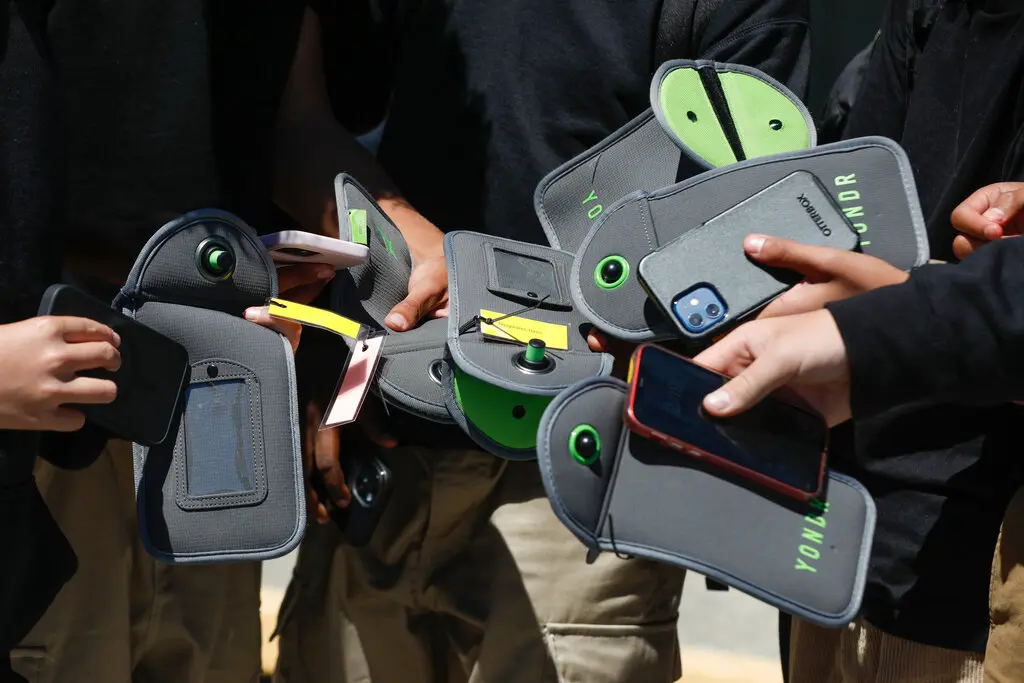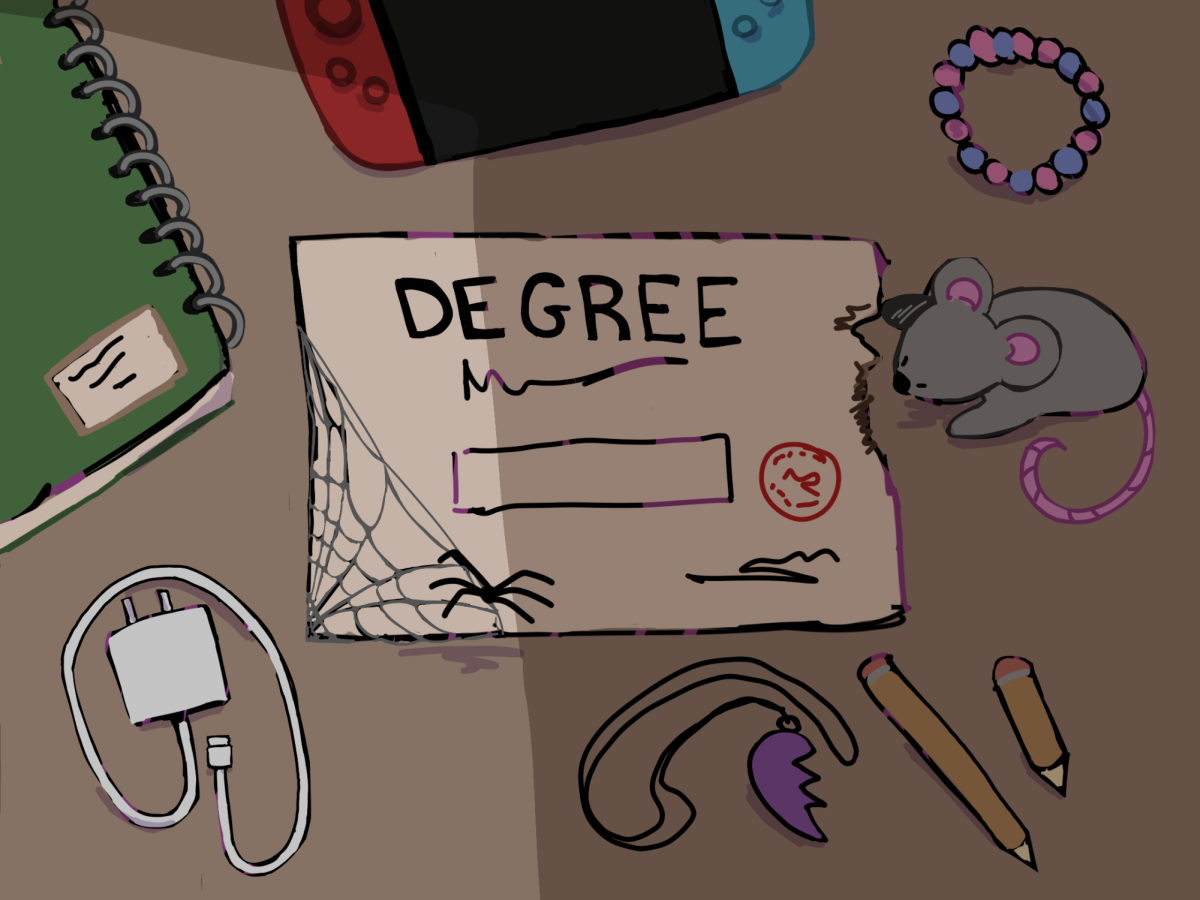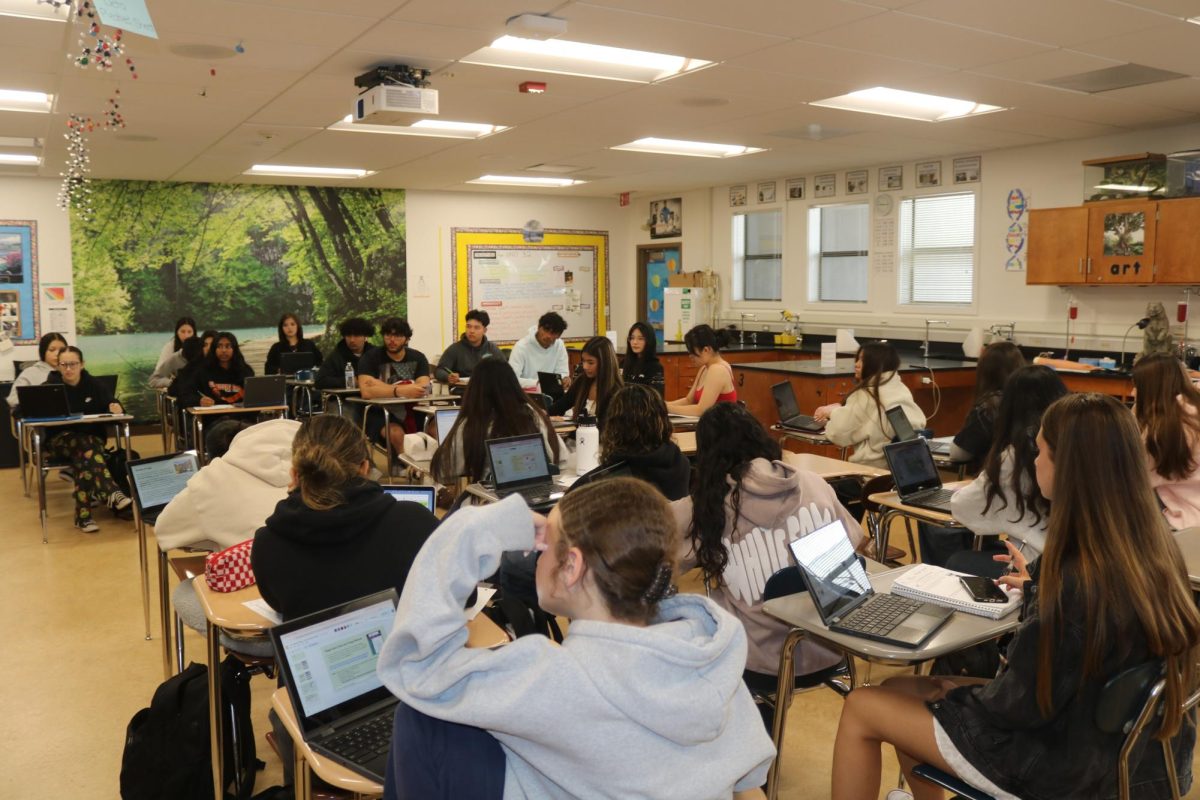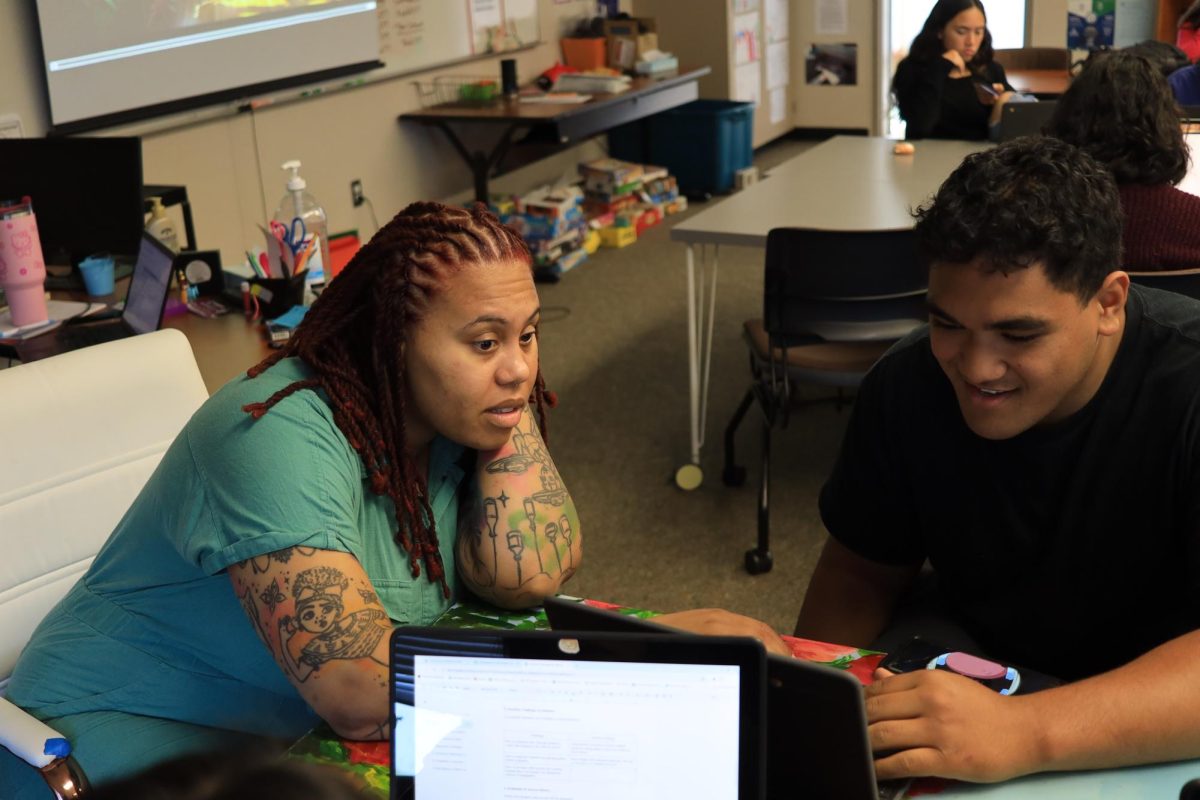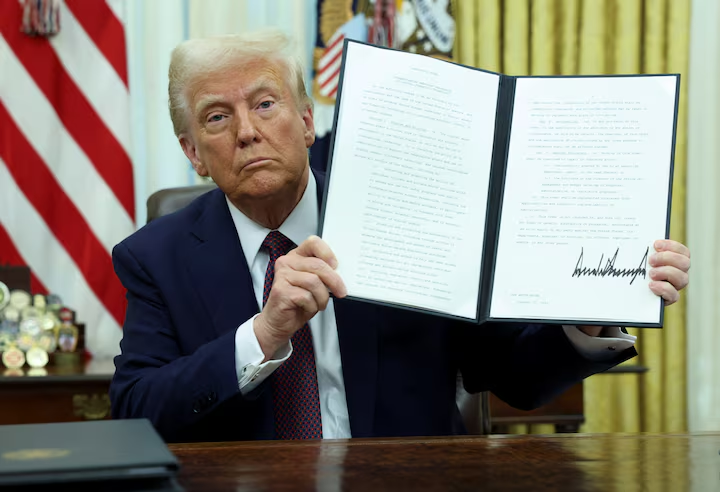California has pulled out a fresh set of no-phone policies that will remarkably affect its youth and change the trajectory of an entire generation.
Gov. Gavin Newsom signed into law the Phone-Free School Act, requiring public schools throughout the state to implement a phone-regulating policy by July 1, 2026.
Known as Assembly Bill (AB) 3216, the new law is designed to have schools regulate phone usage on campus. Although this law is new, actions for phone management in the state trace back to 2019.
In 2019, AB 272 was approved but it was slightly different than the new law.
While the new law requires schools to exercise phone restriction, AB 272 simply gave schools the freedom to implement a phone policy if they wished.
California State Representative Josh Hoover said AB 3216 was largely building off work done in 2019 to authorize school districts to pass phone-free policies.
“We basically changed from authorizing that to actually requiring school districts to do that in California by 2026,” Hoover said. “We got almost unanimous bipartisan support and the governor came on board and became a champion for the bill as well, and we were able to pass it last year.”
A key aspect that both bills share is that students may access their device if there is an emergency or a threat to their safety. The bills also indicate that phones may be used if it is permitted by a teacher, administrator, physician, or students’ specialized education program.
Hoover said the state will be working on some follow up legislation this year to clarify the emergency aspects of the bill. He said he expects legislation to hand more authority to the local administrators, giving them more flexibility depending on the situation to make a call in their districts.
“Sometimes you want kids to have full access so that they can contact their families,” Hoover said. “Then there’s other times when it actually makes it harder to respond to an emergency if everyone has access.”
Officials say it is important to look at the motivation behind these measures that are being taken regarding cell phone usage in schools.
“We know that excessive smartphone use increases anxiety, depression, and other mental health issues, but we have the power to intervene,” Newsom stated on the official California governor website. “This new law will help students focus on academics, social development, and the world in front of them, not their screens, when they’re in school.”
Hoover echoed this sentiment and mentioned that being a father of three kids helped him gain insight into how phone usage is becoming a real issue with today’s generation of students..
“It was a combination of what I see in my own kids combined with a lot of the research that is happening on the issue of phones in schools,” Hoover said. “In a number of other countries that are actually ahead of the United States on this, where they have already banned smartphones or limited smartphone use in schools, we’ve seen academic performance go up, we’ve seen mental health concerns go down, and we’ve just seen overall a better student experience.”
This new law also is connected to Newsom’s Master Plan for Kids’ Mental Health, which provides Californians up to the age of 25 with aid for mental health and substance misuse issues. The Children and Youth Behavioral Initiative is part of this framework and is centered around tackling the issues that affect the well-being of kids.
Although the legislation was signed into law, there is still uncertainty behind how schools actually plan to administer phone policies.
“We gathered information district-wide as far as what students and families [and staff thought] about what we should be doing with cell phone use monitoring,” Principal Demetrius Ball said. “As a district, we’ll be looking at what the results are, and that will help determine the policy that our district staff establishes and that the board will have to approve.”
Ball also reiterated that once the policy is in place for all schools in the district, it will be up to each school’s interpretation of the district policy for how they choose to apply it.
“It’s important to point out that a lot of schools have already started moving in this direction [of restricting phone usage], even before the legislation had passed,” Hoover said. “Los Angeles Unified School District, for example, had recently passed a policy before my bill even passed.”
Another district that has already implemented phone restrictions is the Central Valley’s Madera Unified School District, which has phone policies in place for all middle schools.
According to ABC30 Fresno, students at Desmond Middle School must put their phone into a Yondr pouch and lock it as they head on to campus.
Yondr pouches are small bags for students to lock their phones in with a magnetic lock. Once the pouch is locked, it cannot be opened by the student. To open the pouch, students need to find the magnetic base for the pouch and scan it on the base, unlocking it.
Hoover said the new law allows a lot of flexibility. While some districts have embraced the Yondr pouches to help them enforce phone policies, other simply require phones to be off and in the students’ backpack during classtime.
“Some classrooms have you put your phone in a pocket at the door when you walk in,” Hoover said. “There’s a lot of different methods that school districts can employ, and it’s going to be up to them on what works best in their community.”
Districts in California are also implementing the policy by targeting root causes or triggers, such as social media addiction.
“Santa Barbara Unified School District is taking on the cell phone addiction problem inside and outside the classroom,” an Edsource article stated. “Along with including parents in the planning of the program, the district offers parents information about monitoring social media and age-appropriate apps on their website.”
This reflects a common motivation among state legislators as the law being passed had justifications from research proving that phones were detrimental to kids’ learning and mental health.
“The shocking thing about the tech revolution and the growth in smartphone use is that we’ve actually seen it lead to an increase in loneliness and an increase in mental health issues,” Hoover said. “The internet and social media and smartphones were designed to help keep us more connected, but in some ways, they’re actually kind of pulling us apart.”
Ball expressed similar concerns about excess phone usage leading to increased anxiety and irregular sleep patterns.
“[Phones have] taken away a lot of life experiences like working through different challenges face to face,” Ball said.
Problems created by technology are being acknowledged by students as well, and many concerns arise about how phones affect daily life.
“A lot of students have talked to me and said that they actually think [technology] kind of hampers their development in some ways and harms their relationships with their peers,” Hoover said.
It’s clear that California’s phone policy was passed with a passion for bettering the mental and physical health of the young generation, and improving general quality of life.
“I am very proud that California has taken a stance on this. We were not the first state to do so, but we’re definitely not the last,” Hoover said.
